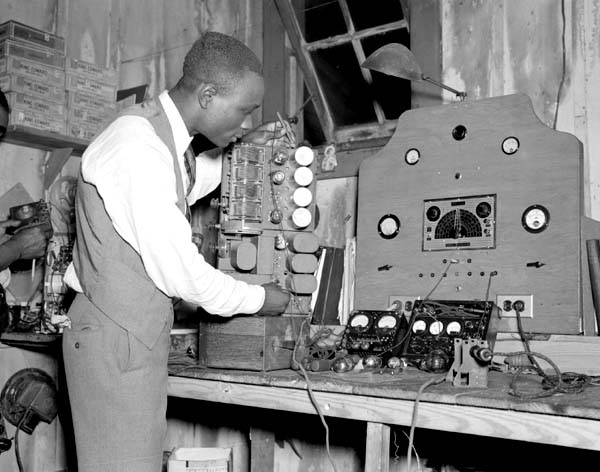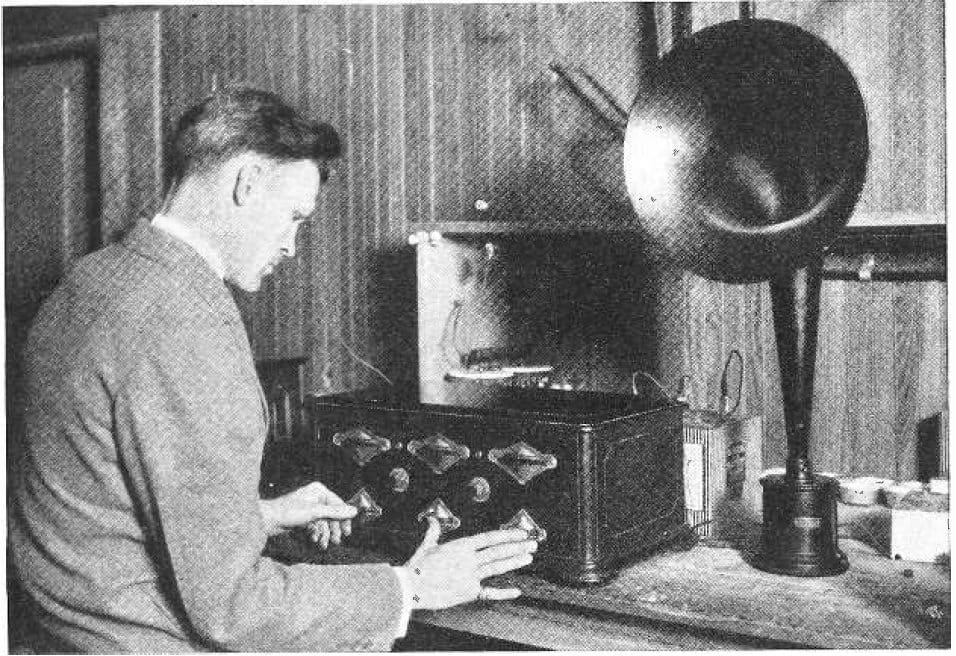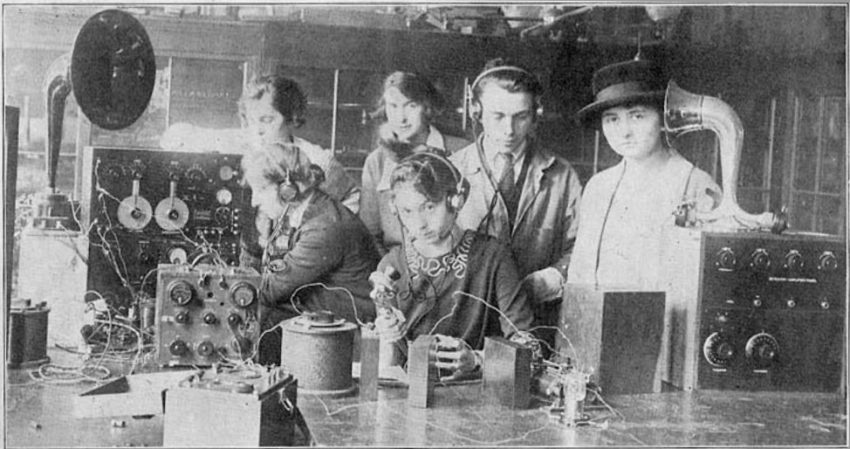When talking about college radio history, one of the first (and most common) questions is: what was the first college radio station in the United States? And while that may seem like a relatively straightforward, easy-to-answer question, it turns out that it isn’t that simple. Depending on how you define a “college radio station”, you might get a lot of different answers. Luckily, some of our friends have already done a lot of the research for us.

If you look up “college radio” on Wikipedia (which actually has the article under “campus radio”), the first reference for the United States is for WRUC at Union College in Schenectady, New York, which began experimental broadcasts as early as 1916. While this seems pretty cut-and-dry, a careful reader will notice that Wikipedia uses the wiggle words “one of the first college radio stations”, and for good reason: there are several other colleges who make the same claim.
Jennifer Waits has written about the topic on her Spinning Indie blog, and besides Union College, there are other colleges that are also in the running. For example, Jennifer points out that the first experimental radio license was actually issued to St. Joseph’s College in Philadelphia, PA back in 1912. She also mentions that Iowa State University’s WOI claims a history that goes back one year earlier to 1911, when an intrepid engineer ran a transmission line to the water tower, hoping to begin broadcasting from there.
Jennifer also contributed to a post on Radio Survivor that lists some of the other colleges who were early-adopters and helped lead the way for college radio stations. Some of my favorites are the University of Minnesota, which broadcast a college football game via Morse code in 1915. Other colleges were experimenting with wireless telegraphy, a precursor to transmitting voices and music, even earlier: Beloit College did so in 1907 and one enterprising student at the University of Michigan broadcast a football game via wireless telegraphy in 1903!

While it isn’t clear exactly when “college radio” began, it is clear that there was a fascination and curiosity about wirelessly transmitting information at campuses across the country very early in the 20th century. Professors and students alike would take that curiosity and turn it into a phenomenon that changed the fabric of radio broadcasting and music.

